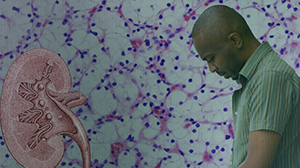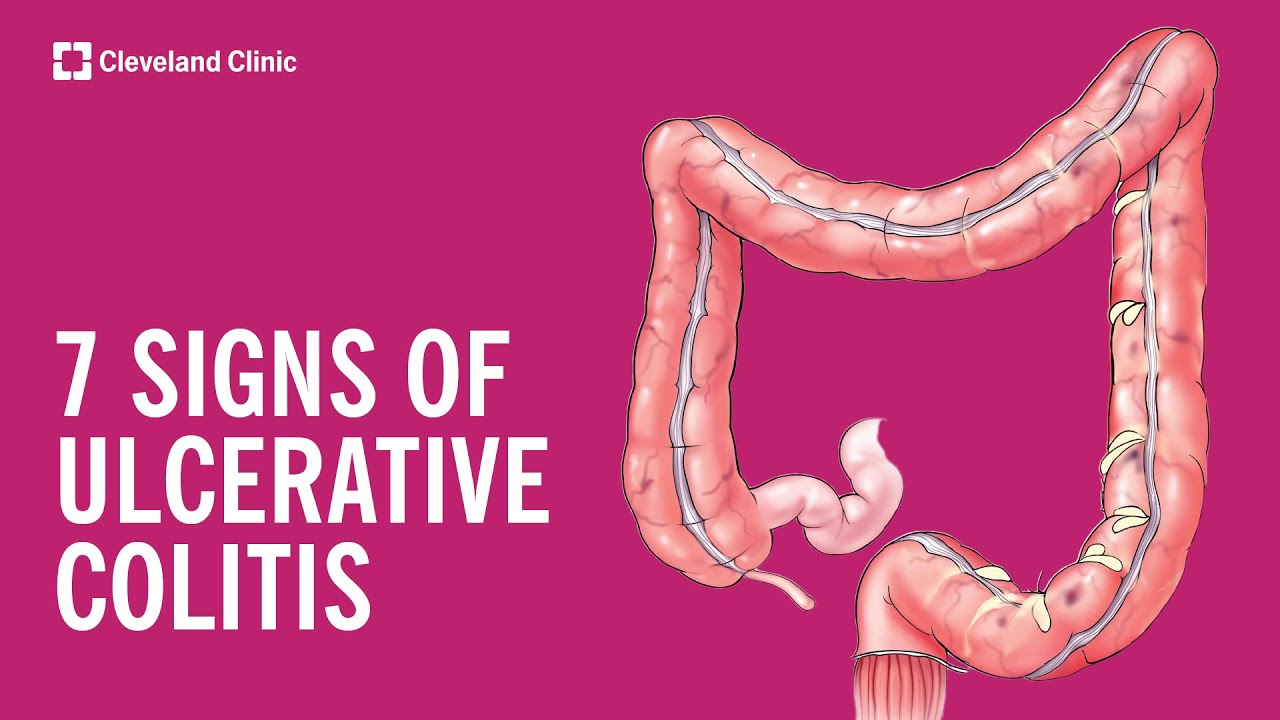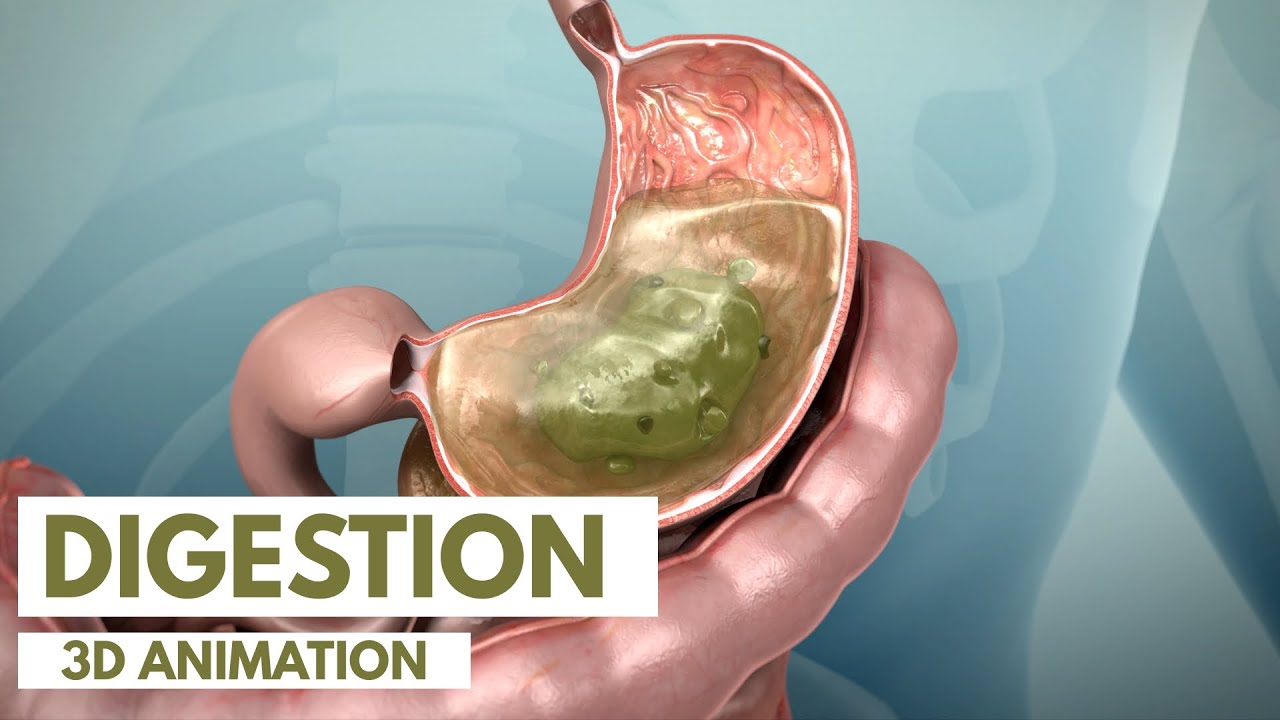The Reuters Health • The Doctor's Channel Newscast Channel
NEW YORK (Reuters Health) – While the use of triclosan-impregnated sutures has been widely endorsed, they do not reduce the rate of surgical site infections, according to the results of a meta-analysis reported in the Annals of Surgery online March 30.
“Further high-quality independent studies within the right context are required before routine clinical use can be considered,” the authors conclude.
Microbial colonization of sutures as they pass through tissue is one important factor in the development of surgical site infections, note Dr. Wai Keat Chang and colleagues with the University of Auckland, Otahuhu. Therefore, they say, giving sutures antibacterial properties is a logical idea.
Triclosan-impregnated sutures were approved in the US in 2002, the authors continue, but their efficacy and safety is unproven. In fact, one trial has indicated an increased risk of wound dehiscence.
To investigate, the team identified seven relevant randomized controlled trials involving a total of 836 patients; 443 were randomized to triclosan-impregnated sutures and 393 to conventional sutures.
There were 30 versus 35 surgical site infections in the two groups, respectively, according to the report, and the difference was not significant (odds ratio 0.77; p=0.45).
On the other hand, wound healing was not adversely affected. The number of instances of wound breakdown in the two groups was 17 vs 10, which translated to an odds ratio of 1.07 (p=0.93).
Although triclosan-impregnated sutures have shown promising results in in vitro and in vivo studies, Dr. Chang and colleagues say that their results emphasize the need for high quality, prospective trials “before such innovation are adopted into practice.”
They conclude, “In the absence of clear benefit, it is not currently possible to recommend the routine use of triclosan-impregnated sutures. As such, the estimated 40% increase in cost incurred from the use of these cannot be justified.”
SOURCE:
Triclosan-Impregnated Sutures to Decrease Surgical Site Infections: Systematic Review and Meta-Analysis of Randomized Trials
Ann Surg 2012.









